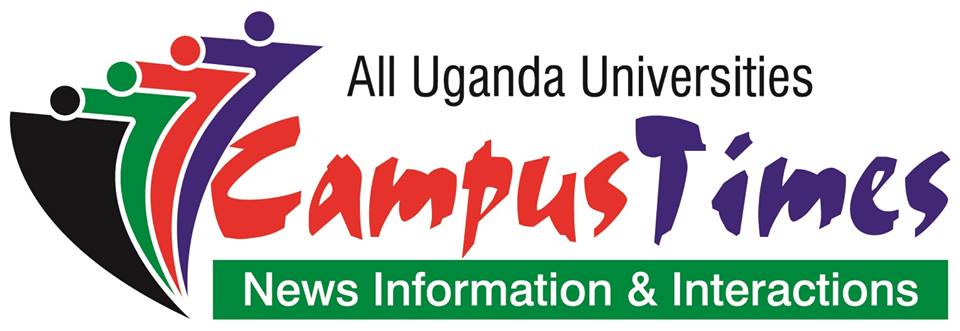
The history of Sokoine University of Agriculture dates back to 1965 when it started as an Agricultural College offering diploma training in the discipline of agriculture. With the dissolution of the University of East Africa and the consequent establishment of the University of Dar es Salaam (UDSM) in July 1970,the College was transformed into a Faculty of Agriculture of UDSM and thereby started offering Bachelor of Science in Agriculture.
In 1974, the Division of Forestry was established and hence the faculty was named Faculty of Agriculture and Forestry. The introduction of Bachelor of Veterinary Science in 1976 and the establishment of the Division of Veterinary Science, the Faculty was re-named “Faculty of Agriculture, Forestry and Veterinary Sciences”.
The Faculty was on the 1st of July 1984 transformed, through Parliamentary Act No. 6 of 1984, into a full-fledged University and became known as Sokoine University of Agriculture (SUA) with the Faculty of Agriculture, Faculty of Forestry and Faculty of Veterinary Medicine.
Currently SUA has four faculties namely; the Faculty of Agriculture (FoA), Faculty of Forestry and Nature Conservation (FoF & NC), Faculty of Veterinary Medicine (FVM) and the Faculty of Science (FoS), the latter which was established in 2001. Other academic units include the Directorate of Research and Postgraduate Studies (DRPGS), Institute of Continuing Education (ICE), Development Studies Institute (DSI), Computer Centre (CC), Pest Management Centre (PMC), SUA Centre for Sustainable Rural Development (SCSRD) and the Sokoine National Agriculture Library (SNAL). SUA also hosts the African Seed Health Centre and Virtual Centre known as “Southern African Centre for Infectious Disease Surveillance”.
The university which is located in Morogoro Municipality has 3,350 hectares of land for training, research and production in Morogoro municipality; 840 hectares of forest land in Arusha; 320 hectares of virgin forest for research in Usambara Mountains in Tanga and 500 hectares of miombo woodlands in Kitulanghalo in Morogoro region.

The university has four campuses namely, the Main Campus within Morogoro municipality; Solomon Mashlangu Campus (SMC) in Morogoro municipality; SUA Training Forest (SUATF) Olmotonyi in Arusha region and Mazumbai Forestry Reserve in Tanga region. The University also has one Constituent College, the Moshi University College of Cooperatives and Business Studies (MUCCoBS) which is located at the foot of Mount Kilimanjaro in Moshi Municipality.
SUA’s academic business is guided by the university’s vision and missions as well as the Corporate Strategic plan (2005-2010), the latter that spells out plans in keeping with university’s core missions and functions as well as the need to remain competitive.
The Vision of the university is “is to become a centre of excellence and a valued member of the global academic community in agriculture and other related fields, with emphasis on impacting practical skills, entrepreneurship, research and intergration of basic and applied knowledge in an environmentally friendly manner.
The vision is guided through the mission, which is “to Promote development through training, research, extension, provision of services to the public and private sector in an environmentally friendly manner.”.
SUA is offering 30 undergraduate and 45 postgraduate degree programmes. It also offers non-degree programmes including Certificates and Diplomas.
The University has a total of 7228 student population of which 1553 are postgraduates, 5475 are undergraduate, 152 are diploma and 48 are certificates students. It has a total of 1343 employees, 503 are academic members of staff of whom 58% are PhD holders and 835 are administrative staff of whom 36% are female.
SUA’s main research objective is to provide leadership in basic and applied research in order to generate science evidence knowledge and innovations that respond to contemporary and emerging needs. SUA thus emphasizes that research becomes linked to development and societal issues.
Research, outreach and consultancy services are driven by trained agricultural and natural resource manpower base that comprises 452 academic staff, out whom 50% have PhD qualifications. Research capacity at SUA is further enhanced through collaborative research projects, which are supported by more than 50 memoranda of understanding. Currently, there are a number of ongoing research projects.


Pingback: Courses offered at Sokoine University of Agriculture | The Campus Times
Pingback: Courses offered at Sokoine University of Agriculture | The Campus Times